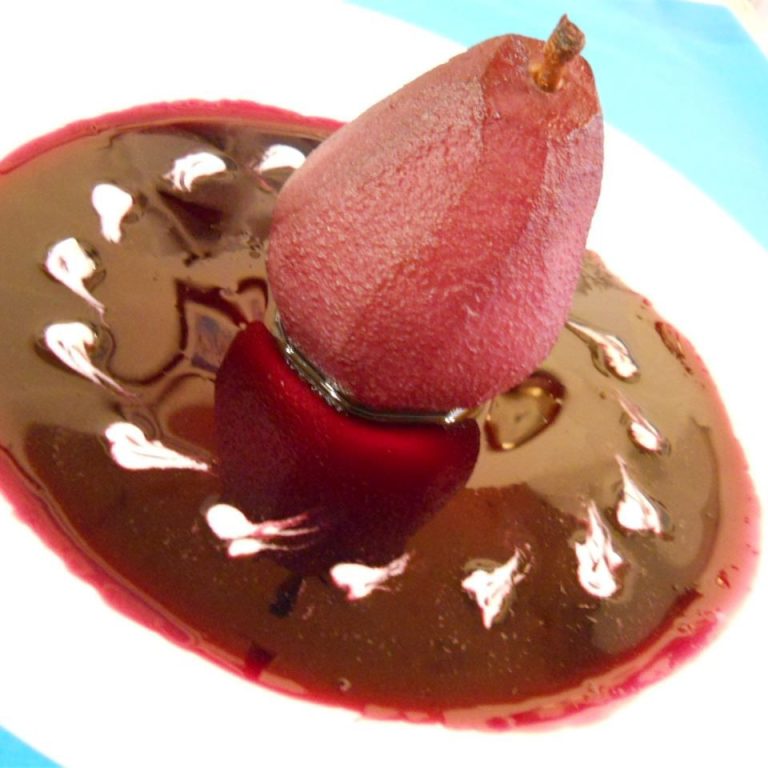Hungarian Mushroom Soup: Recipe, Health Benefits & More
Hungarian Mushroom Soup originated in Central Europe, specifically in Hungary. The soup has roots in rural Hungarian traditions where mushrooms, abundant in the dense forests, became a staple ingredient. Hungarian cuisine heavily incorporates paprika, and this dish is no different. Paprika, introduced in the 16th century, adds a distinct flavor and color to the soup.
In Hungarian culture, this soup is often served during family gatherings and holidays. It represents warmth and comfort, resonating with Hungary’s pastoral lifestyle. The use of sour cream gives it a creamy consistency, a common attribute in many traditional Hungarian dishes.
Evolution of the Recipe
The recipe for Hungarian Mushroom Soup has evolved over time, influenced by various cultural and regional factors. Initially, the basic ingredients included mushrooms, onions, and sour cream. However, as trade routes expanded, more ingredients like paprika, dill, and lemon juice were added, enhancing the flavor profile.
In the modern kitchen, variations of the soup incorporate different types of mushrooms such as button, cremini, and portobello. Some contemporary recipes also add a splash of white wine or sherry for an extra layer of depth. Despite these changes, the essence of the traditional recipe, featuring earthy mushrooms and creamy textures, remains intact.
Key Ingredients in Hungarian Mushroom Soup
Types of Mushrooms and Their Flavors
Hungarian Mushroom Soup often features a variety of mushrooms to create depth in flavor. Common types include:
- White Button Mushrooms: Mild flavor, consistent texture.
- Cremini Mushrooms: Richer, earthier taste, slightly firmer than white button.
- Portobello Mushrooms: Robust flavor, meaty texture, ideal for hearty soups.
- Chanterelles: Delicate and fruity notes, adds complexity and a unique twist.
- Oyster Mushrooms: Subtle and slightly sweet flavor, soft and tender when cooked.
Using a mix of these mushrooms enhances the soup’s rich, creamy base, providing a balanced and savory taste.
Spices and Herbs Essential to Authentic Taste
Key spices and herbs define the authentic taste of Hungarian Mushroom Soup. Essential additions include:
- Paprika: Sweet or smoked varieties, crucial for flavor and color.
- Dill: Fresh or dried, offers a distinct, fresh flavor.
- Parsley: Fresh parsley adds brightness and herbal notes.
- Bay Leaves: Subtle, earthy aroma, enhances depth.
- Black Pepper: Sharp and pungent, balances creamy texture.
Including these elements ensures the soup embodies traditional Hungarian culinary essence, combining savory, earthy, and slightly sweet flavors seamlessly.
Cooking Techniques for Perfect Hungarian Mushroom Soup
Tips for Preparing Mushrooms
Ensure mushrooms are clean before cooking to remove dirt and debris. Use a damp cloth or paper towel to wipe each mushroom, avoiding water, which makes mushrooms soggy. Slice mushrooms evenly for consistent cooking. For Hungarian Mushroom Soup, use a mix of white button, cremini, and portobello mushrooms as they offer varied textures and depth of flavor. Cook mushrooms in batches over medium-high heat to achieve proper browning and avoid overcrowding the pan, ensuring they develop a rich, umami flavor.
The Importance of Simmering
Simmering slowly extracts flavors from ingredients, blending them harmoniously. Maintain a gentle simmer instead of a rolling boil to preserve the structure of mushrooms. Keep the temperature low to medium heat, ensuring the paprikas, dill, and parsley infuse well, enhancing the soup’s taste. The process also thickens the soup without breaking the cream, maintaining its creamy texture. Simmer for 20-30 minutes, allowing spices and herbs to meld, delivering authentic Hungarian flavors.
Serving and Pairing Ideas
Traditional Accompaniments
Hungarian Mushroom Soup is best enjoyed with traditional sides that complement its rich, creamy texture. A common choice is crusty bread, which helps soak up the soup’s flavors. Rye bread or sourdough enhances the earthy notes of the soup. Another traditional option is noodles, specifically egg noodles or spätzle, which add a comforting dimension to the meal. For a lighter pairing, consider a simple cucumber salad with a vinegar-based dressing to contrast the soup’s creamy richness.
Modern Twists on Serving
To modernize your serving approach, try pairing Hungarian Mushroom Soup with contemporary add-ons for a creative twist. Grilled cheese sandwiches made with gouda or smoked cheddar add a layer of smokiness to the pairing. Consider garlic breadsticks as they offer a flavorful, crunchy contrast. For a healthier alternative, serve the soup with roasted vegetables like Brussels sprouts, carrots, or sweet potatoes, which balance the meal’s richness while adding nutritional value. Another modern option is topping the soup with a dollop of Greek yogurt or crème fraîche to enhance its creamy texture with added tanginess.
These serving and pairing ideas maintain the transitions and enhance the overall experience of enjoying Hungarian Mushroom Soup, ensuring a delightful meal with each bite.
Health Benefits of Hungarian Mushroom Soup
Nutritional Highlights of Ingredients
Hungarian Mushroom Soup offers a wealth of nutrients, particularly from its key ingredients. Mushrooms contain essential vitamins and minerals like vitamin D, B-vitamins, selenium, and potassium. They support immune function, provide energy, and maintain electrolyte balance. Paprika, a staple spice in the soup, is rich in vitamins A and E, antioxidants that promote skin health and protect cells from oxidative damage.
Dill and parsley bring additional benefits. Dill contains flavonoids, which have anti-inflammatory properties and can support heart health. Parsley offers a high content of vitamin K, which is vital for blood clotting and bone health. Lemon juice, often added for tanginess, supplies vitamin C, boosting the immune system and enhancing iron absorption.
How Hungarian Mushroom Soup Fits into a Healthy Diet
Incorporating Hungarian Mushroom Soup into your diet can be beneficial due to its low-calorie and nutrient-dense profile. It provides a hearty meal option that is relatively low in fats and may aid in weight management when consumed in moderation. The high fiber content from mushrooms supports digestive health and can help maintain a feeling of fullness.
Due to its diverse array of vitamins and minerals, this soup can complement various dietary needs. It’s suitable for vegetarian diets, and with minor modifications, it can also fit vegan preferences. The soup’s balanced mix of proteins, carbohydrates, and healthy fats ensures steady energy release and contributes to overall well-being. Additionally, the anti-inflammatory properties in many of its ingredients can support general health and reduce the risk of chronic diseases.
Conclusion
Hungarian Mushroom Soup isn’t just a delicious dish; it’s a nutritional powerhouse that aligns well with various dietary preferences. With its rich flavors and a blend of traditional and evolved ingredients, this soup offers both culinary delight and health benefits. Incorporating it into your diet can enhance your overall well-being and support weight management. So, the next time you’re looking for a hearty yet healthy meal, consider making Hungarian Mushroom Soup a staple in your kitchen.





